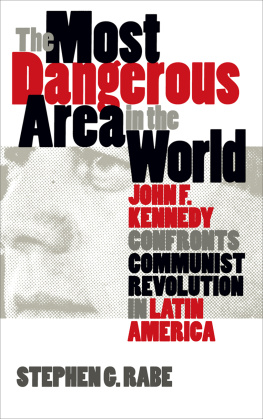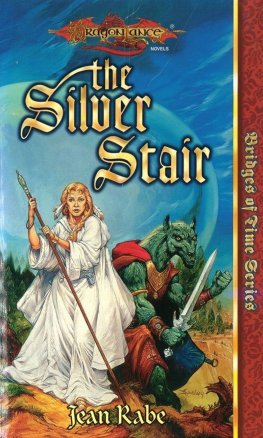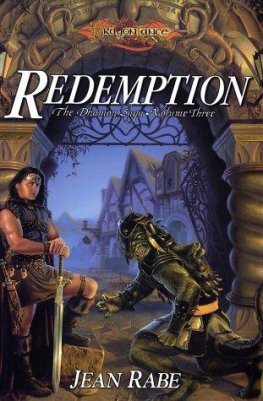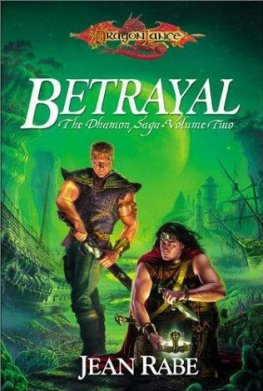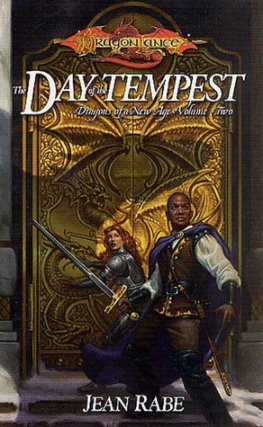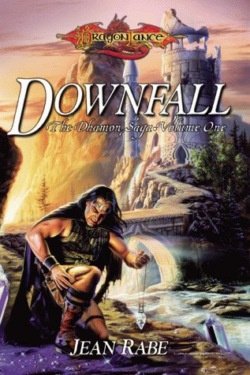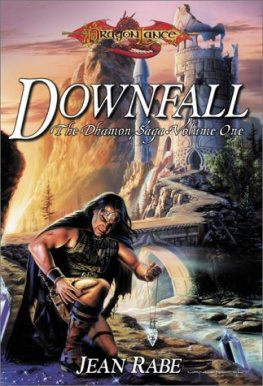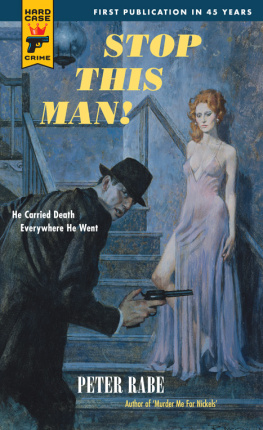The Most Dangerous Area in the World
1999
The University of North Carolina Press
All rights reserved
Set in Janson type
by Tseng Information Systems, Inc.
Manufactured in the United States of America
The paper in this book meets the guidelines for permanence and durability of the Committee on Production Guidelines for Book Longevity of the Council on Library Resources.
Library of Congress Cataloging-in-Publication Data
Rabe, Stephen G.
The most dangerous area in the world : John F. Kennedy confronts
Communist revolution in Latin America / by Stephen G. Rabe.
p. cm.
Includes bibliographical references (p. ) and index.
ISBN-13: 978-0-8078-2461-0 (cloth : alk. paper)
ISBN-10: 0-8078-2461-5 (cloth : alk. paper)
ISBN-13: 978-0-8078-4764-0 (pbk. : alk. paper)
ISBN-10: 0-8078-4764-x (pbk. : alk. paper)
1. Latin AmericaForeign relationsUnited States. 2. United StatesForeign relationsLatin America. 3. United StatesForeign relations1961-1963. 4. Kennedy, John F. (John Fitzgerald), 19171963. 5. CommunismLatin AmericaHistory. 6. Counter-insurgencyLatin AmericaHistory. 7. Alliance for Progress.
I. Title.
F1418.M24 1999
327.7308dc21 98-23112
CIP
Portions of this work appeared earlier, in somewhat different form, in Controlling Revolutions: Latin America, the Alliance for Progress, and Cold War Anti-Communism, in Kennedys Quest for Victory: American Foreign Policy, 19611963, edited by Thomas G. Patterson, copyright Oxford University Press, Inc., used by permission of Oxford University Press, Inc., and in John F. Kennedy and Constitutionalism, Democracy, and Human Rights in Latin America: Promise and Performance, New England Journal of History 52 (Fall 1995), used with permission of the journal.
10 09 08 07 06 6 5 4 3 2
THIS BOOK WAS DIGITALLY MANUFACTURED.
TO THOMAS G. PATERSON,
friend, advisor, and inspiration to historians of U.S. foreign relations
Contents
Acknowledgments
In investigating and writing this book, I incurred many scholarly debts. I thank the archivists at the Roosevelt, Eisenhower, Kennedy, and Johnson presidential libraries for their assistance. I am also grateful for the help I received from staffs who guided me through manuscript collections at the University of Arkansas, the University of Oregon, and the University of Texas at Austin. Without financial aid, it would have been impossible to visit these institutions. The Lyndon Baines Johnson Foundation has generously supported my research over the past twenty years. I was able to devote a full year to writing with a Special Faculty Development Grant from the University of Texas at Dallas. I salute Provost and Academic Vice President B. Hobson Wildenthal and Dean Michael Simpson for developing this generous program. I also thank Dean Dennis Kratz for his support. Small portions of this work first appeared in Kennedys Quest for Victory (1989), edited by Thomas G. Paterson. Oxford University Press kindly granted me permission to use this material. Finally, I would like to thank Professor Elizabeth Cobbs Hoffman of the University of San Diego and Professor Mark Gilderhus of Texas Christian University for their scholarly advice.
Stephen G. Rabe
Dallas, Texas
17 March 1998
The Most Dangerous Area in the World
Introduction
President John Fitzgerald Kennedy (196163) continues to be a beloved figure both in Latin America and in the United States. For me, a memorable example of the presidents standing with Latin Americans came in August 1993, when I was sitting in an outdoor restaurant in a San Jos neighborhood not normally frequented by tourists. A middle-aged Costa Rican man, who was clearing the tables, hesitantly approached me. Perhaps he had overheard me reviewing some terms in Spanish with my eleven-year-old daughter. After a few Spanish-language pleasantries, he came directly to his subject. What he wanted to tell this U.S. visitor was that thirty years ago he had been in the streets with tens of thousands of his countrymen to welcome President Kennedy. As he recalled, it had been un gran da for Costa Rica. It was a fine day for the president also. So tumultuous was the welcome, so vibrant were the shouts of Viva Kennedy that Kennedy wistfully remarked to his aides that he wanted to move the Costa Rican crowd to Ohio for the 1964 election so I might carry the damn state.
My Costa Rican friends attachment to the memory of President Kennedy is commonplace throughout Latin America. His visits to Venezuela, Colombia, and Mexico evoked wild enthusiasm. Half of Bogotas population waved to the presidents motorcade. His picture, right next to those of Jesus Christ and the pope, adorned the walls of the humble homes of urban shantytown dwellers and rural campesinos. In no other region of the world was his death felt more profoundly. Latin Americans stood in line for hours to sign condolence books at U.S. embassies. The U.S. ambassador to Argentina, who arrived in Buenos Aires in 1964, wrote that in my four years in Argentina, I was asked at least once a month to participate in the dedication of a Kennedy school, road or bridge.
Kennedys personal qualities partially account for his enduring popularity in Latin America. He was young, vigorous, handsome, and a Roman Catholic. Accompanying him was his accomplished and elegant wife, Jacqueline Bouvier Kennedy, who spoke fluent Spanish. But Latin Americans responded to more than just the Kennedy charisma. The Dubbed the Alliance for ProgressAlianza para el Progresothe new program ostensibly represented a Marshall Plan for Latin America.
The president and his advisors subsequently provided substance to the soaring rhetoric. At an inter-American conference held in August 1961 at Punta del Este, a seaside resort in Uruguay, Secretary of the Treasury C. Douglas Dillon assured Latin American delegates that they could count on receiving $20 billion in public and private capital over the next ten years. With this influx of foreign money combined with an additional $80 billion from internal investment, Latin American nations could expect to achieve a real economic growth rate of 2.5 percent a year, approximately double the rate of economic growth in the late 1950s.
The Alliance for Progress failed, however, to achieve its goal of building democratic, prosperous, socially just societies. During the 1960s, extraconstitutional changes of government constantly rocked Latin America. During the Kennedy years alone, military men overthrew six popularly elected Latin American presidents. Latin American economies performed poorly, registering an unimpressive average annual growth rate of about 2 percent. Most of the economic growth took place at the very end of the decade. The number of unemployed Latin Americans actually rose from 18 million to 25 million, and agricultural production per person declined. The Alliance for Progress also made imperceptible progress in achieving its objectives of adding five years to life expectancy, halving the infant mortality rate, eliminating adult illiteracy, and providing access to six years of primary education for every school-age child. At the end of the decade, more than one-half of the population of the region continued to live on an annual per capita income of $120.
President Kennedys commitment to bold, ambitious change left a lasting impression on not only Latin Americans but also his fellow citizens. In 1996 a New York Times/CBS News public-opinion poll found that if U.S. voters could pick any former president to govern the country, they would choose Kennedy. The Massachusetts Democrat easily outpolled Franklin Delano Roosevelt, surely the most influential U.S. political leader of the twentieth century. The polls respondents even preferred Kennedy over the featured players on Mount RushmoreGeorge Washington, Thomas Jefferson, Abraham Lincoln, and Theodore Roosevelt. When asked to explain their choice, the respondents cited Kennedys quality of leadership.

